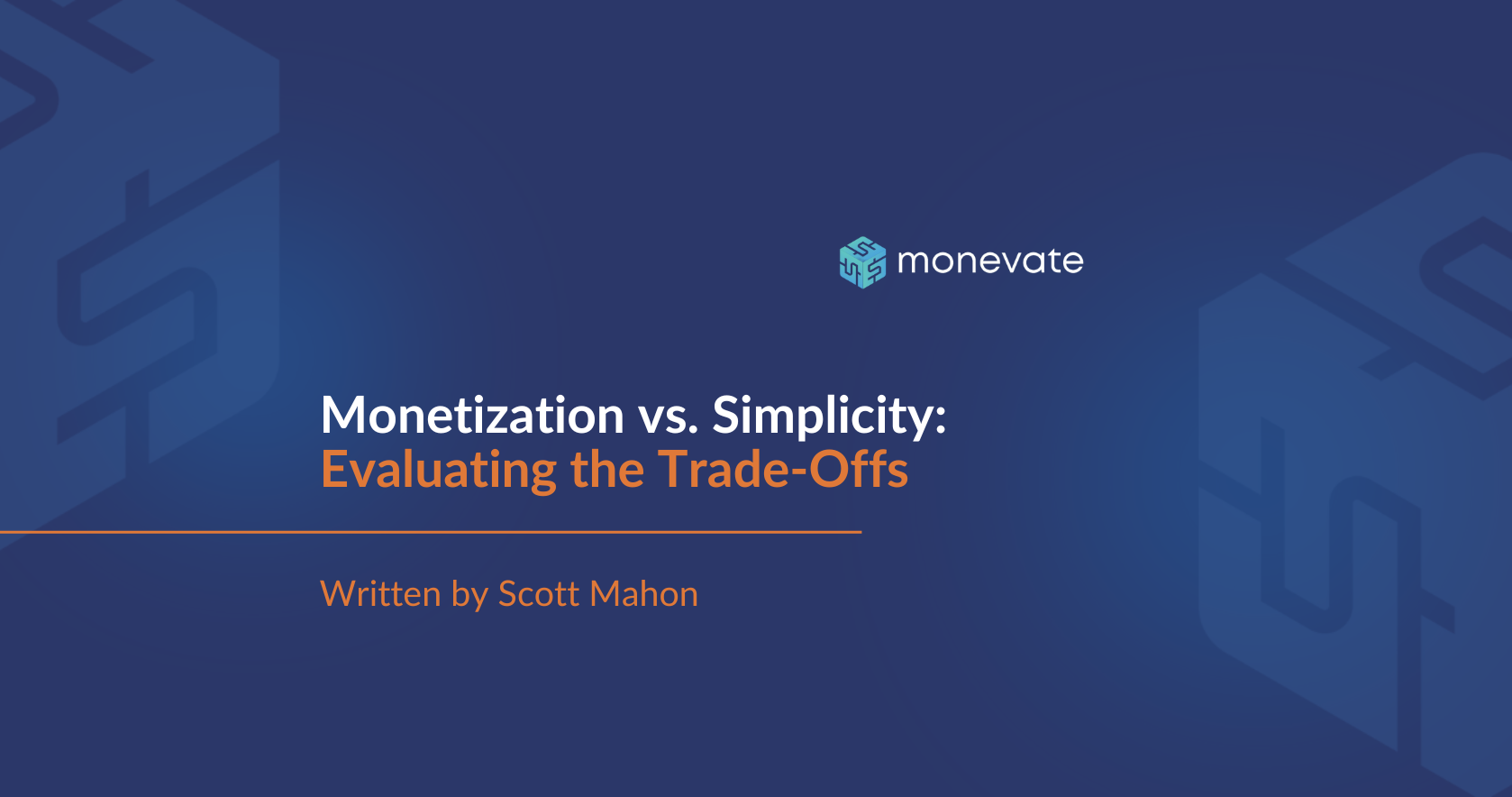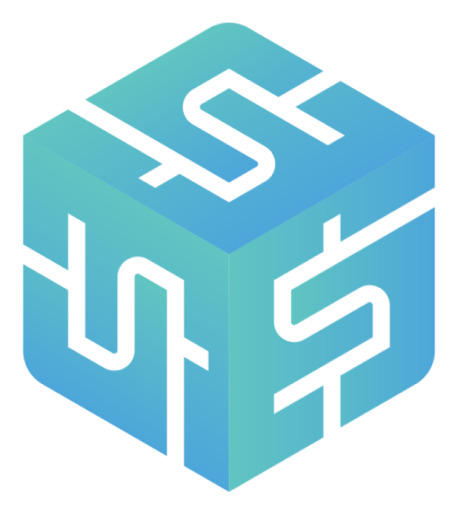Busting SaaS Pricing Myths & Misinformation
There is so much garbage advice online about pricing. James Wilton explains how it is more than just annoying – it leads to bad pricing decisions by those who rely on the pricing community for guidance.
Time for a confession: I’m nit-picky. My role as Managing Partner of a consulting firm means that I spend a lot of my working life critiquing the output of my talented team’s already very strong work. Operating like that creates a mindset that’s always looking for what’s wrong. But it’s not my pedantry that’s compelling me to write this article.
The level of misinformation, even from supposedly reputable sources, on SaaS pricing strategies in the public domain is outrageous.
It’s an outrage I feel, as opposed to surprise or mere annoyance, because this misinformation is not benign. It materially impacts the very people who most need help.
I regularly come into contact with so many SaaS leaders who don’t have any experience with pricing yet are tasked with building or transforming their company’s pricing strategy. They often don’t have a budget for support, so they rely primarily on publicly available sources to guide them.
In my experience, many of these sources are at best incomplete and unhelpful and, at worst, dangerously wrong. SaaS leaders who are unfortunate enough to have been drawn in by these sources are very unlikely to focus on the key elements that build a successful pricing strategy.
For the sake of readability I won’t list every mistake I’ve taken issue with. But here are a few important corrections I’d like to make to recent online articles that I assume are getting a lot of traffic.
1. A price model is not just a price level-setting philosophy
A recent example is this article from one of the world’s most popular CRMs. The piece essentially suggests that you have five options for your “price model
- Cost-based
- Competition-based
- Penetration pricing
- Value-based pricing
- Freemium
First things first – three of the five items on this list are price-setting philosophies. Let’s be generous and assume this is a terminology issue (it’s true that there is no universally adopted language for the various facets of pricing), and that by “price model” the writer means an approach for determining the price level setting methodology. But even so, penetration pricing and freemium don’t fit this definition.
Penetration pricing is a promotional tactic which involves initially setting a low price for a product to gain more volume, and then raising it when the customer base is established. The raised prices still must be set, and to do that you could use any of the three price setting philosophies mentioned (e.g., cost plus, value-based etc.). It’s a strategic decision to adopt penetration pricing, but it is not a pricing strategy.
Freemium is a price structure element. That means having a free version of your product, and then at least one paid tier. Again, the price levels for that paid tier could be set by any of the three price setting methodologies mentioned.
The impression that you must choose between these elements is misleading and harmful, because:
- You can use at least some in combination – to force a choice would unnecessarily limit your options
- There are many more pertinent options in SaaS pricing than these! Choosing a packaging approach and picking a price metric should be top of your list, and #5 freemium is the only option that falls within these two categories
Even the price-setting methodologies presented give me serious concern. We all know cost-plus as a simple price setting methodology but given that SaaS products are typically high value and have minimal costs, it’s almost irrelevant as an option.
Competition pricing and value-based pricing are not mutually exclusive. Again, the term “value-based pricing” has different interpretations. There is an extreme interpretation that it means “Figure out the value generated and charge a portion”. In my experience there are few viable applications for this. Generally, you must have no direct competition and completely opaque pricing). The more general definition is “price to reflect the value you provide.” Value relative to what? Your competition, usually! Given the author defines competition-based pricing as pricing considering your competition and adjusting for your relative value, there is no significant difference.
Better advice would be to use several techniques to produce prices and triangulate across them to find the right prices, giving more weight to the factors that are more important. When my team recommends price levels, it is usually through an understanding of costs, competitor pricing, willingness-to-pay, and value differentiation vs, the competition (at a minimum.)
2.You can have users AND tiers! It’s true!
While writing this article I was reminded of this old article from a well-regarded consulting firm titled: “The Best and Worst SaaS Pricing Models.” It is guilty of some of the same issues as the other article – mixing price setting approaches with structural elements – but adds a big new one. It suggests there is a choice between user-based, feature-based, and tiered pricing models.
First, the definition of feature-based is ever so slightly wrong. They describe it as producing “tiered” packages based on feature differences. If feature-based were a true packaging model, then it wouldn’t necessitate arranging packages in tiers – there are other non-tier arrangements for packages (such as base + modules, pure modular etc.) that can also be differentiated by features.
They also define tiered as a pricing strategy. Since tiers are often (at least partially) defined by differences in features included, there is clearly overlap between feature-based and tiered, so it’s not either or. For the record, tiered models don’t have to be feature based. They can also be differentiated by usage, by services, and so on.
Finally, user-based is provided as an option. A user (often called a “seat” in SaaS) is a price metric. You can scale the price of any package by a price metric, and there are many options for price metrics beyond seats. At Monevate, we see the main categories of price metric as user-based, usage-based, capacity-based, business-based, and output-based. Research shows that user-based is the most prevalent type of price metric, occurring in 41% of B2B SaaS models, mainly because it is the default.
Crucially, since user-based is a price metric and can be applied to packages, and tiered and feature-based are both types of packaging arrangements (regardless of overlap), you can use these elements together, and do not have to choose between them.
Again, this is not about being precious with structural purity or, for my consulting readers, being MECE. Imagine a SaaS leader reading this and trying desperately to decide whether they want to have tiered packages or price by user! That’s the very real consequence of incorrectly positioning these options.
3. Put aside the skimming, penetration pricing, economy pricing, premium pricing framework
Finally, let’s call out my favorite general (not just SaaS) piece of pricing misinformation: did you know there are four (only four!) pricing strategies? Pick one! Super easy!
I’ve seen this multiple times, but let’s pick on this article from MindTools. The 4 they list are economy pricing, premium pricing, price skimming, and penetration pricing.
Let’s dissect.
Economy pricing and premium pricing do belong together in the same list. I would term these pricing philosophies, aligned with company positioning. They answer the question “Do I want to price low to maximize volume, or high to communicate premium quality?” It’s a valid and important question that you need to answer as part of your pricing strategy. BUT these are not pricing strategies – they merely constitute a component.
We already talked about penetration pricing. NOT a pricing strategy. It’s just a promotional tactic to drive volume at launch before raising the price. You could generally set your price at a premium and then run a penetration pricing promotion, so again the choices are not distinct.
So that leaves skimming. Skimming is a tactical method of price differentiation. It means setting your price high initially, so that those with high willingness-to-pay will pay the high price. And then dropping it over time, so that you gradually engage customers with lower willingness-to-pay. Video game consoles were notorious for this, and it would certainly help you extract more value from a market. But it’s not a pricing strategy, on its own. It’s a component at best, and there are still many, many decisions around your pricing model you need to make.
Why are we talking about this?
I’m not trying to be a grouch. I’m sure these articles were surely written with the best intentions, and I respect the need for creativity and room for interpretation within any field. But whatever your terminology set, whatever your background, the way these articles position the choices within pricing will either confuse or misdirect those who are trying to do the difficult job of building a pricing strategy.
I think we, the community of pricing experts, have a responsibility to do better in laying out the real decisions that must be made as part of a SaaS pricing strategy, and to call out misguided advice when we see it. Not to be a troll, but to protect those who are trying to do the very difficult and often lonely job of building a SaaS pricing strategy without experience.
I’ll be writing more about this in the coming weeks. I’ll lay out the groundwork for a common language around SaaS pricing that helps clear up the abundance of misinformation and help those tasked with pricing to separate the signals they need to listen to from the noise.
For more SaaS pricing insights from James and other Monevate experts, follow us on LinkedIn by clicking here.














